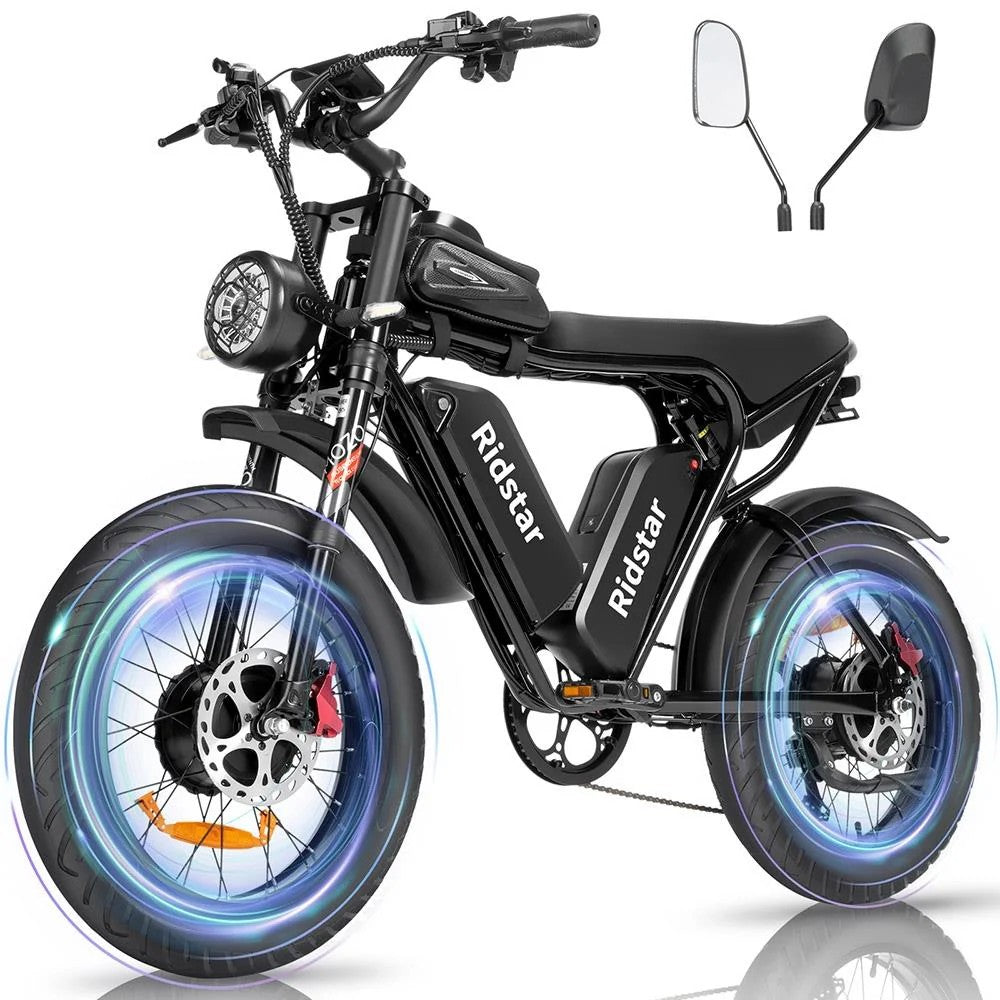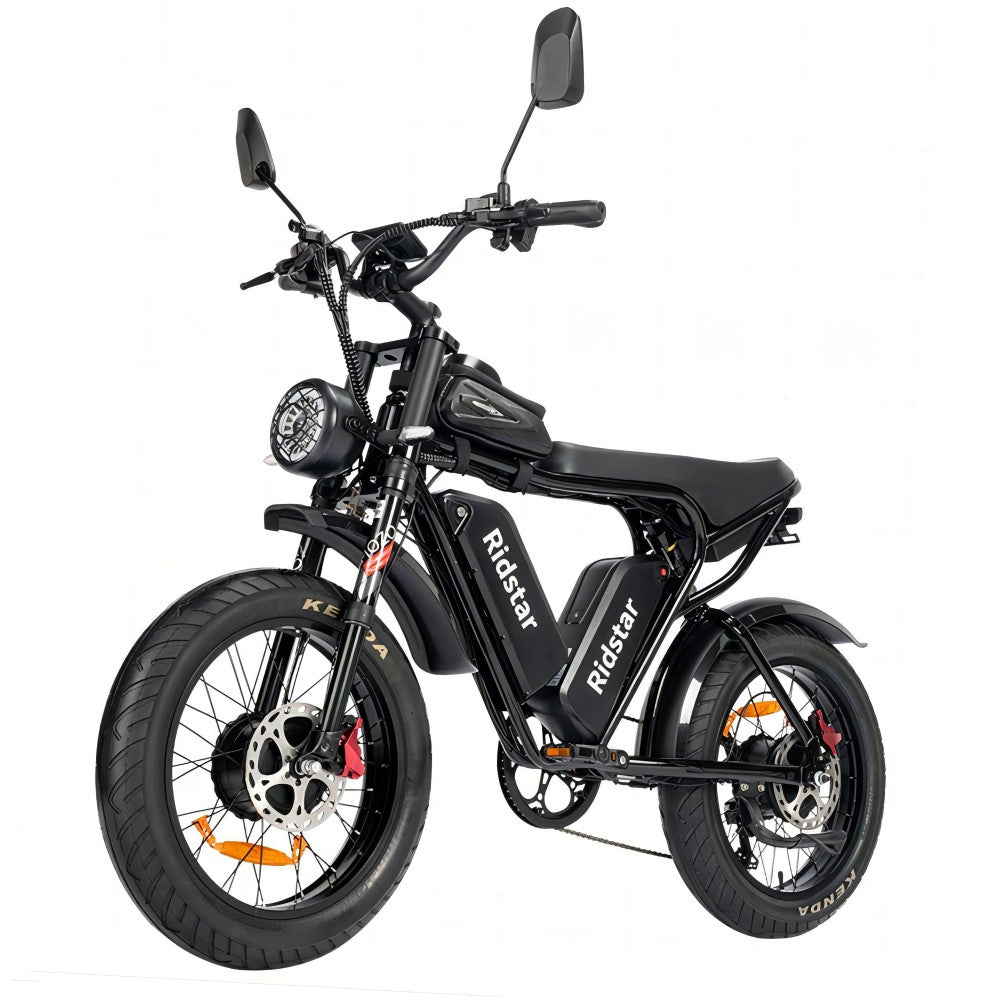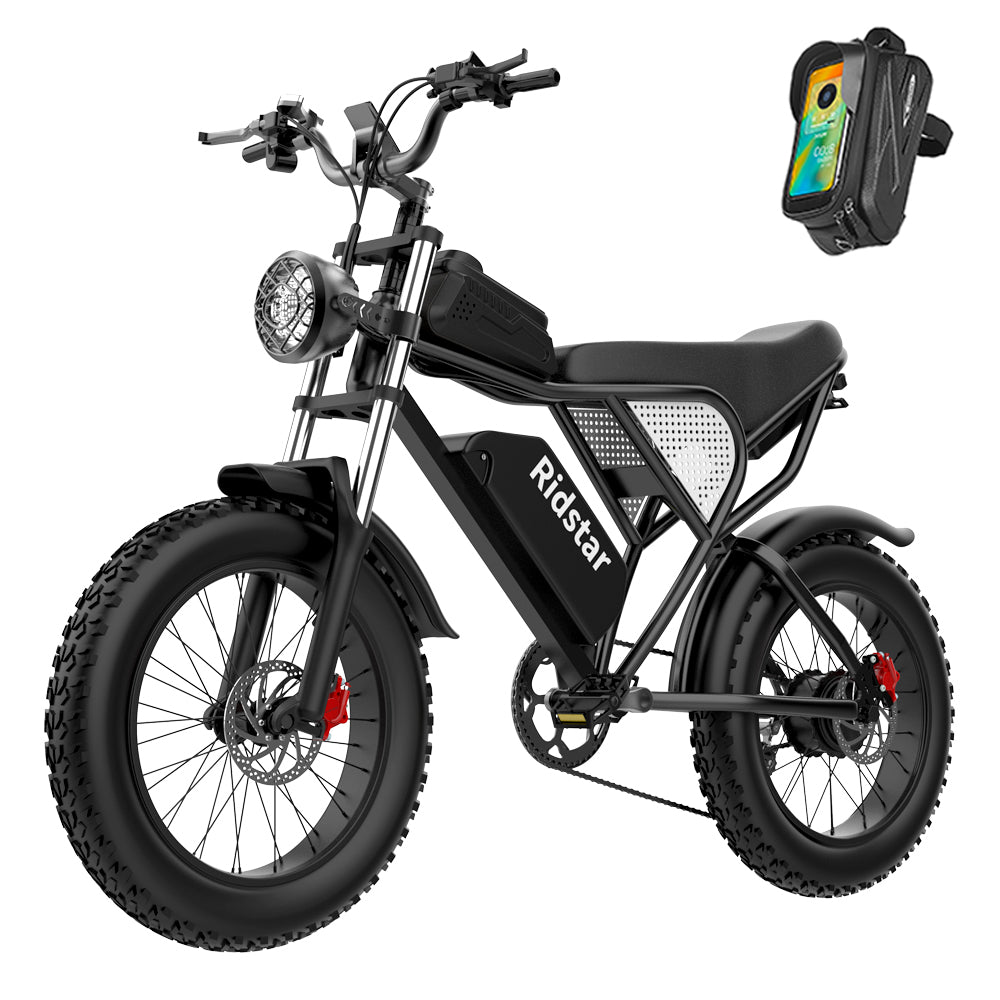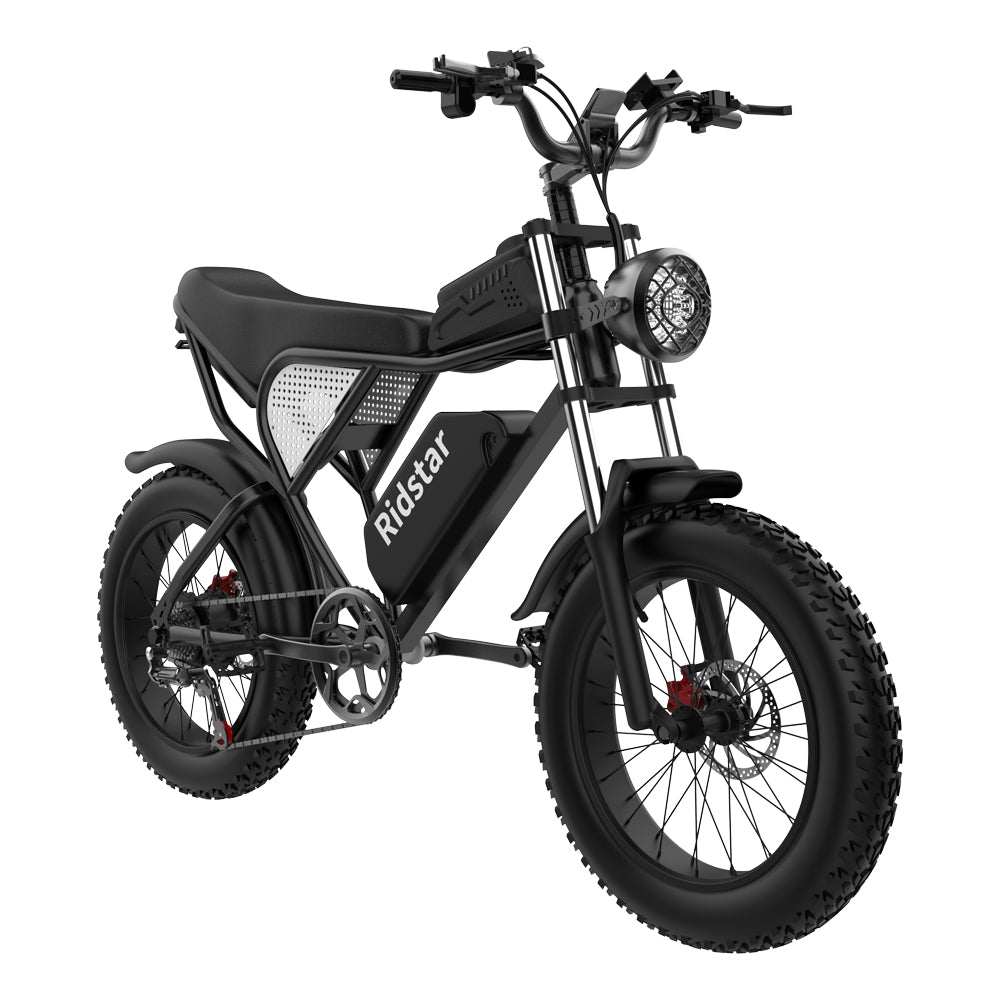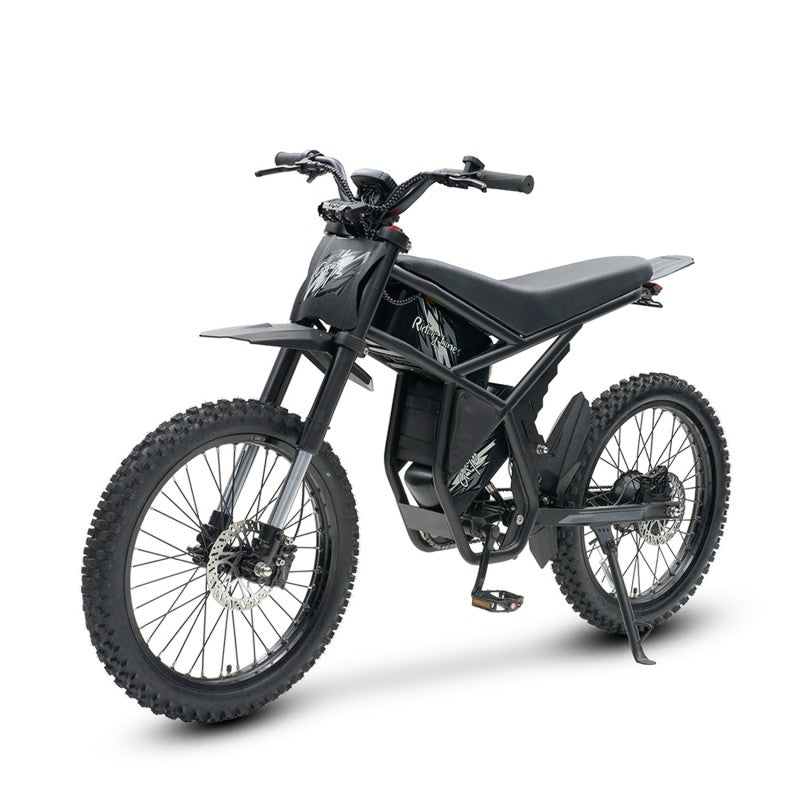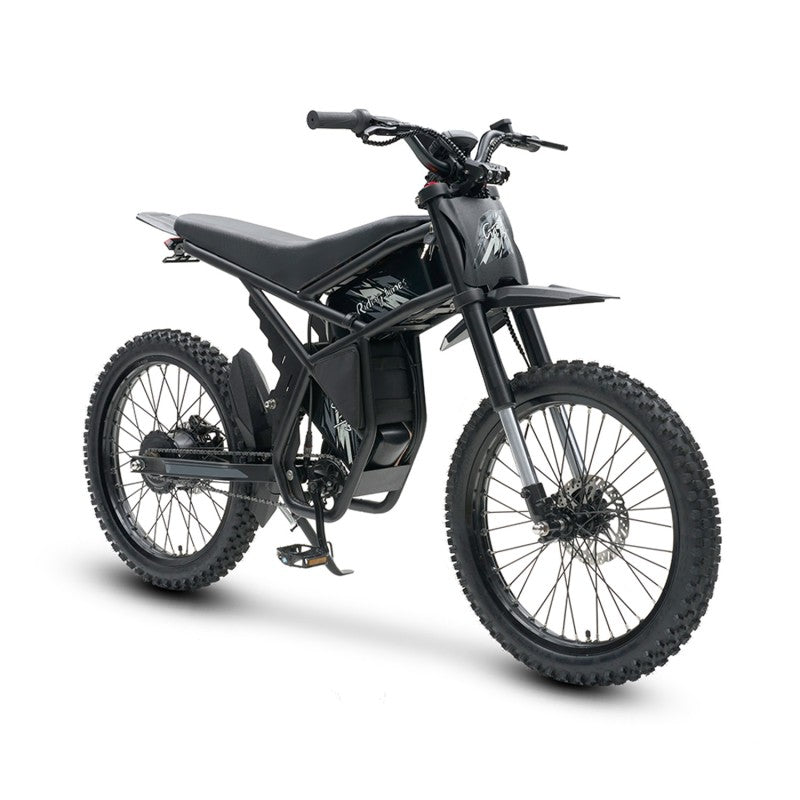It's not about geography or labor—American and European manufacturers simply can't compete with Asian factories. So, what's the real reason most bikes are made in Asia?
Bill McGann, a veteran of the U.S. bicycle industry and a recognized expert in road bikes and cycling history, addresses this very question. McGann is also the former owner of Torelli Imports and Bill’s Bike Shop in Camarillo, California.
In the first three chapters of his new book Why Your Bike Is Made in Asia, McGann traces the history of the bicycle—from the earliest models of the 19th century through the cycling boom of 1965–1974, featuring American brands like Schwinn, Huffy, Murray, and Ross, as well as European names such as Peugeot and various Italian manufacturers (what he calls the "Bike 1.0" era).
When answering the question “Why is your bike made in Asia?”, McGann highlights Trek’s success in both U.S. and Asian-based manufacturing as proof that the problem for American and European manufacturers isn’t geography or labor costs. More often than not, the real issue lies with the people in suits in upper management. These decision-makers failed to protect their companies from the rise of Asia-centric brands and importers—ushering in what McGann terms the "Bike 2.0" era—which now dominate the global market.
Simply put, the old-school brands of the West realized too late that Asian factories were offering better-quality bikes at lower prices. Many were too complacent to act. They could have invested in R&D to improve their own products or integrated Asian-made bikes into their brands earlier (some eventually did, but it was too late). In hindsight, that arrogance proved to be their downfall.
The book also lists the top 15 bicycle-producing countries or regions worldwide. Mainland China ranks first, followed by Taiwan (China). Italy is sixth. France does not make the list, while the United States is fifteenth.
Many people believe that lower costs and wages are the main reasons bikes are assembled in China, but that's not entirely true. The final cost of an Asia-made bike is not drastically different from a U.S.-made one. Labor is just one part of the overall cost structure, which also includes materials, shipping, independent quality control, product design, and other variables. Changing the assembly location shifts the entire economic equation.
So, what is the biggest reason e-bikes are manufactured in Asia?
The answer is simple: Asia is the hub for both the bicycle and electronics industries.
When suppliers are located close to one another, it becomes far easier to develop, assemble, and continually improve products. While it's technically possible to assemble imported parts in the U.S., doing so while managing a supply chain that includes Japanese battery cells, Taiwanese controllers, and Thai tires—often weeks away by sea—is extremely complex and inefficient.
Today, the vast majority of bike components—tires, spokes, frames, and especially electronics—are made in Asia. Even within Asia, lead times can stretch into months. If final assembly were to take place in the U.S., the time to market would increase significantly. And since delivery timelines are directly tied to inventory flexibility—a major challenge already—having to make decisions 6–9 months in advance makes things even harder.
Moreover, shipping various parts from many different manufacturers to the U.S. for final assembly would raise costs significantly. For a young company, agility and the ability to quickly respond to changing market conditions is far more important than marginal cost savings.









